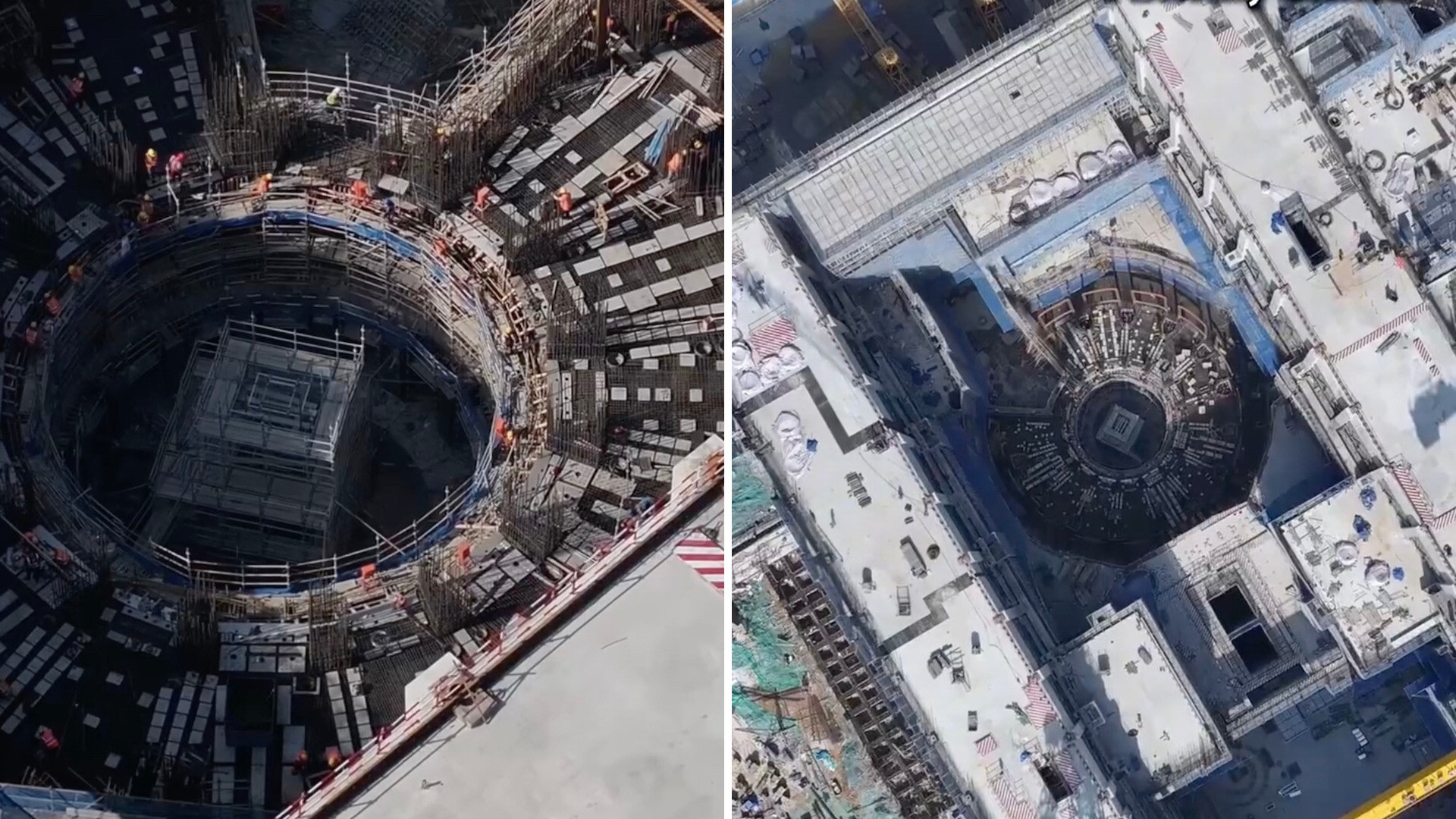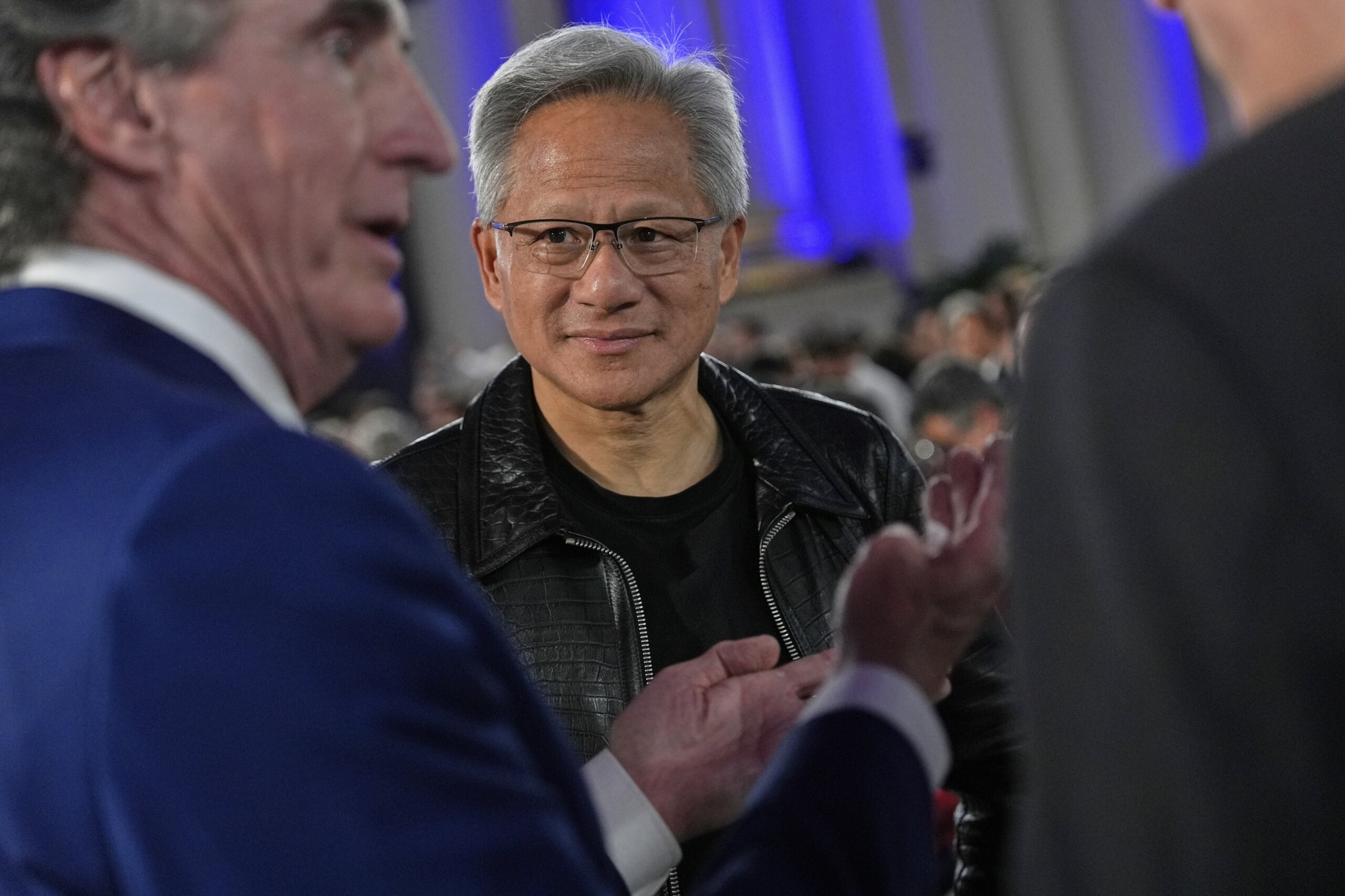China is rapidly closing in on an achievement that could transform the way we power homes, cities, and industries forever.
The country has entered the final assembly phase of a next-generation fusion reactor called the Burning Plasma Experiment Superconducting Tokamak, which is expected to be operational by 2027, per Popular Mechanics.
If it’s successful, BEST would mark a major milestone in the race toward achieving fusion energy, a process that mimics the same physics that power the sun.
Unlike conventional energy sources, fusion doesn’t rely on fossil fuels such as coal and oil. It’s more environmentally friendly because it does not produce heat-trapping pollution or long-lived radioactive waste (like fission energy does) and uses abundant fuel sources such as hydrogen. The potential payoff is limitless, low-cost, renewable power.
According to state media and the South China Morning Post, BEST is an intermediary step between China’s earlier tokamak project and a much larger demonstrator called the Chinese Fusion Engineering Test Reactor.
“We have fully mastered the core technologies, both scientifically and technically,” chief engineer Song Yuntao told the Post.
|
Want to go solar but not sure who to trust? EnergySage has your back with free and transparent quotes from fully vetted providers that can help you save as much as $10k on installation.
|
In 2022, the United States made global headlines when researchers at the Lawrence Livermore National Laboratory achieved net energy output from fusion for the first time. China is now doubling down on its own efforts, building not only BEST but a network of other fusion and hybrid reactors.
Fusion energy could someday power entire cities with minimal fuel and near-zero pollution. This would dramatically slash energy costs for residents and businesses while also reducing the amount of heat-trapping gases we generate, which is driving rising global temperatures. That means cleaner air and fewer health issues, such as respiratory and heart diseases, linked to pollution.
While skeptics have said that fusion is always “30 years away,” the BEST project and its American counterpart, SPARC — built by a startup spun out of the Massachusetts Institute of Technology — are showing real results.
With a target date of 2027, BEST may help bring fusion’s promise into the real world much sooner than expected.
TCD Picks » Upway Spotlight
💡Upway makes it easy to find discounts of up to 60% on premium e-bike brands
Join our free newsletter for weekly updates on the latest innovations improving our lives and shaping our future, and don’t miss this cool list of easy ways to help yourself while helping the planet.


